Eurozone Sentix Investor confidence dropped to -16.8, down from -11.1 and missed expectation of -13.0. That’s the lowest level since April 2013. Current Situation dropped from -9.5 to -15.5, 5th decline in a row, lowest since December 2014. Expectation index dropped from -12.8 to -18.0.
Sentix noted “there is no positive reaction to the central banks’ aid measures, and economic assessments are broadly negative in October”. The data have the effect of a “cold shower: there is no sign of a trend reversal, all subcomponents are in a descent.” “Particularly worrying is the dynamics of the deterioration of the situation, which signals a downward thrust of -6 points. Fears of recession are and remain immanent. The central bankers have not succeeded in breaking the downward spiral with the measures taken so far.”
Germany’s Overall Index dropped from -12.8 to -19.4, lowest since July 2009. German Current Situation dropped from -10.5 to -18.0, lowest since November 2009. German Expectations dropped from -15.0 to -20.8.
US Overall Index dropped from 5.5 to -4.1, turned negative and lowest since August 2012. US Current Situation dropped from 25.8 to 13.0, lowest since March 2013. US Expectations dropped from 013.0 to -19.8, lowest since January 2019.




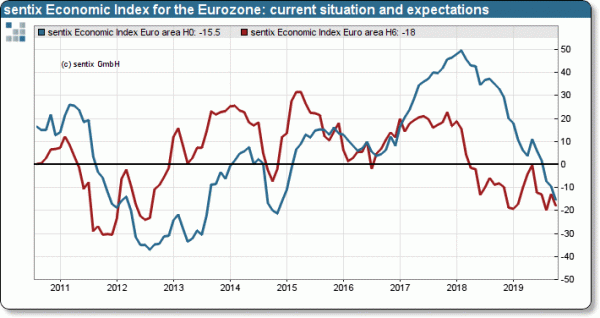

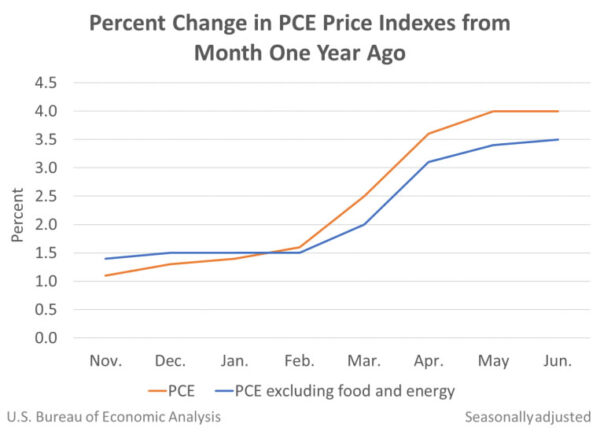
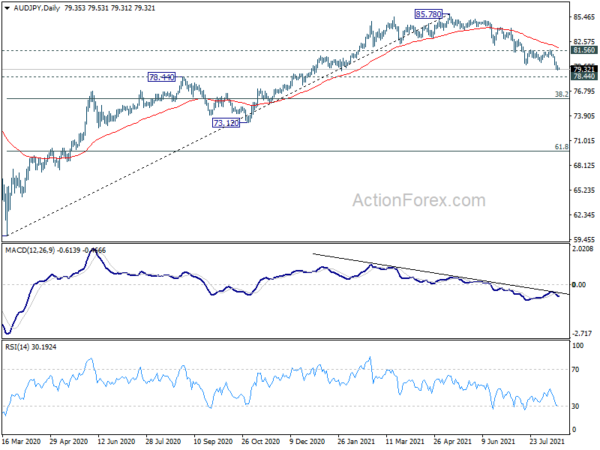
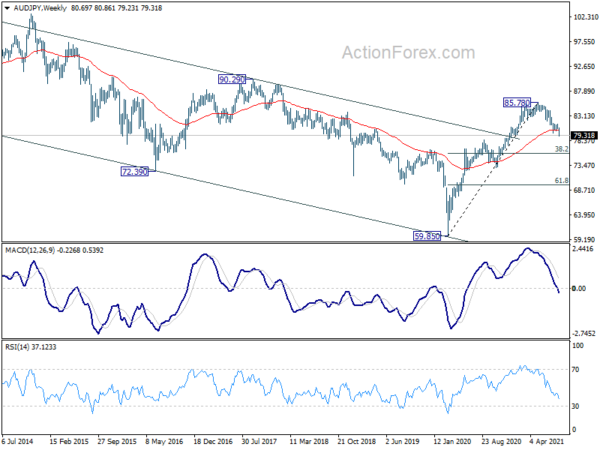
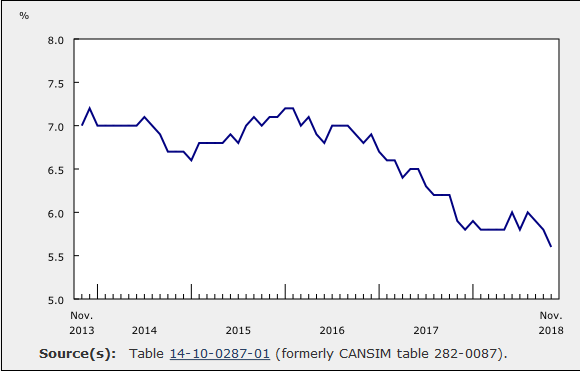
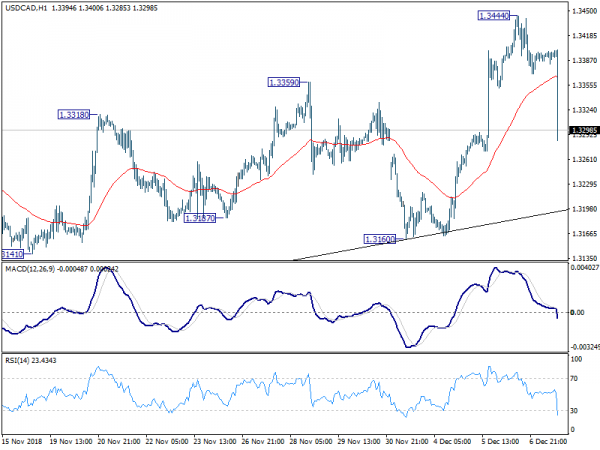
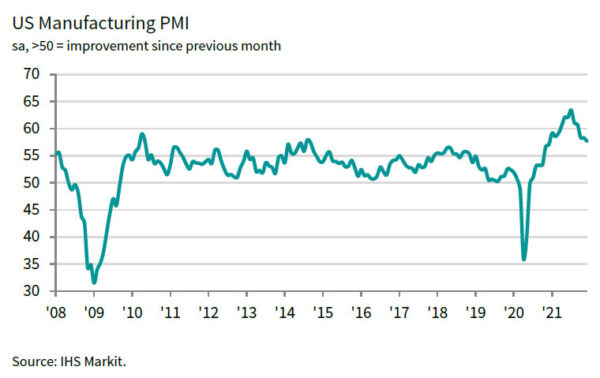
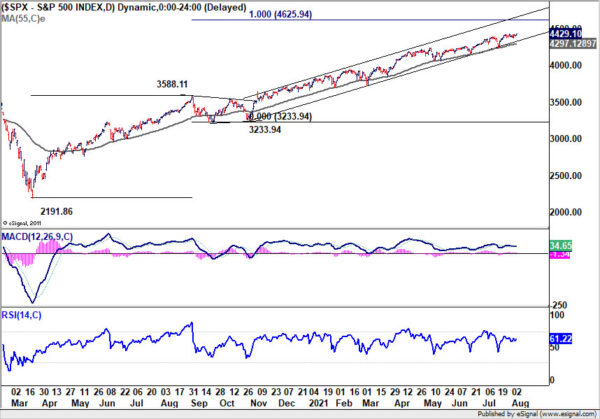
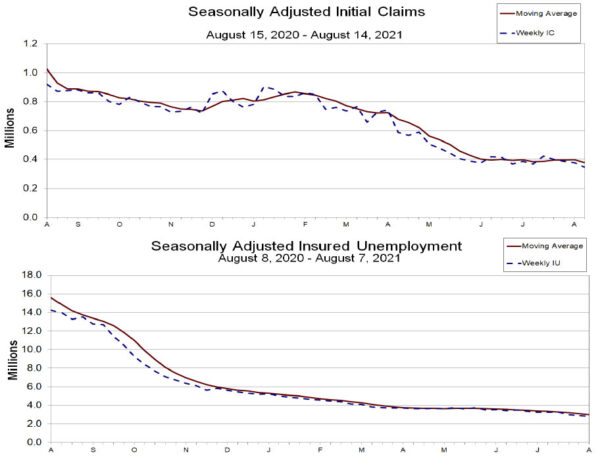


China MOFCOM: US must put away its threatening stick
Chinese Vice Premier Liu He will visit Washington next week to resume trade negotiations with the US. Commerce ministry (MOFCOM) spokesman Gao Feng confirmed today during a regular press the officials are preparing for the visit.
But Gao reiterated China’s stance in opposing protectionism and unilateralism in trade relations. He warned that “the United States must put away its threatening stick. China’s position has not changed and will not change.” Gao added that “we hope that China-U.S. trade relations can become a powerful driving force for sustained growth of the global economy.”
Separately, GAO also said the bilateral trade between China and Russia expanded quickly in the first four months of 2018. Gao noted “The Russian economy is steadily turning for the better and its market demand is rising, driving China’s exports to the country up 21 percent on a yearly basis during the January to April period.” According the last data, Sino-Russian trade grew 30% yoy to USD 31.2B between January and April.